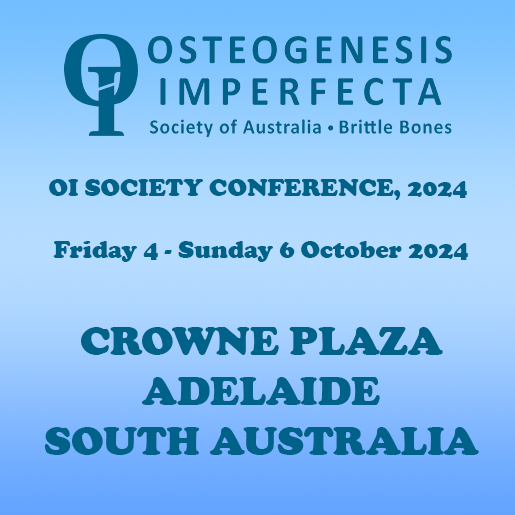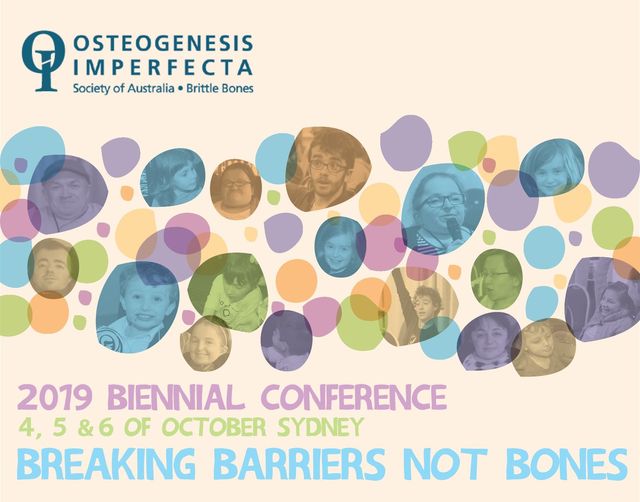What Causes OI
OI is not something you can ‘catch’ or spread to others. It is not the result of poor nutrition or a lack of calcium (one of many old wife’s tales!). It affects people on every continent across the globe.
OI occurs equally among the sexes except in sex-linked families where males are usually more affected than females.
All forms of bone fragility result from heritable causes. Inherited disorders arise from variations in genes (genomic variants) which are arranged as sequences of genetic code transmitted in the genome. Genes represent coding sequences for proteins such as collagen and enzymes and transport proteins. The usual causes follow patterns known as Mendelian Inheritance. These patterns can be Autosomal Dominant, Autosomal Recessive or Sex-Linked Inheritance. At present there are over twenty genes in which genomic variants may be transmitted to children resulting in OI and a similar number of genes in which genomic variants result in Familial types / syndromes of Osteoporosis. Modern genomic investigation has also found rare families in which there are several contributory genomic variants, known as Digenic Inheritance.
Various clinical types of OIS including Types 1, 2, 3,4 are most often caused by a genomic variant in one of two genes affecting the production of collagen. Collagen is the main structural protein in the human body like the framework or scaffolding of a building. The body uses collagen in bones, muscles, tendons, skin, and many other areas to provide structural support. In OI, a person has either less collagen than normal, or a poorer quality of collagen than normal, or both reduced amounts and poorer quality leading to weak bones that fracture easily. OI Type 5 is not collagen related.
The Mendelian patterns of inheritance mean that a genomic variant causing OI may have been inherited from one or both parents (who may or may not show OI themselves) or it result from a new, random genomic variant. Genomic testing can usually, but not always determine, if a person with bone fragility has OI and which Type it is, though a preliminary diagnosis is often made by a health professional familiar with the condition based on the history of bone fragility or physical examination. In OI families with types 1, 4 and 5 and some familial types of Osteoporosis, a small proportion of affected children and adults may have remained undiagnosed because they have not had a clinical fracture.


